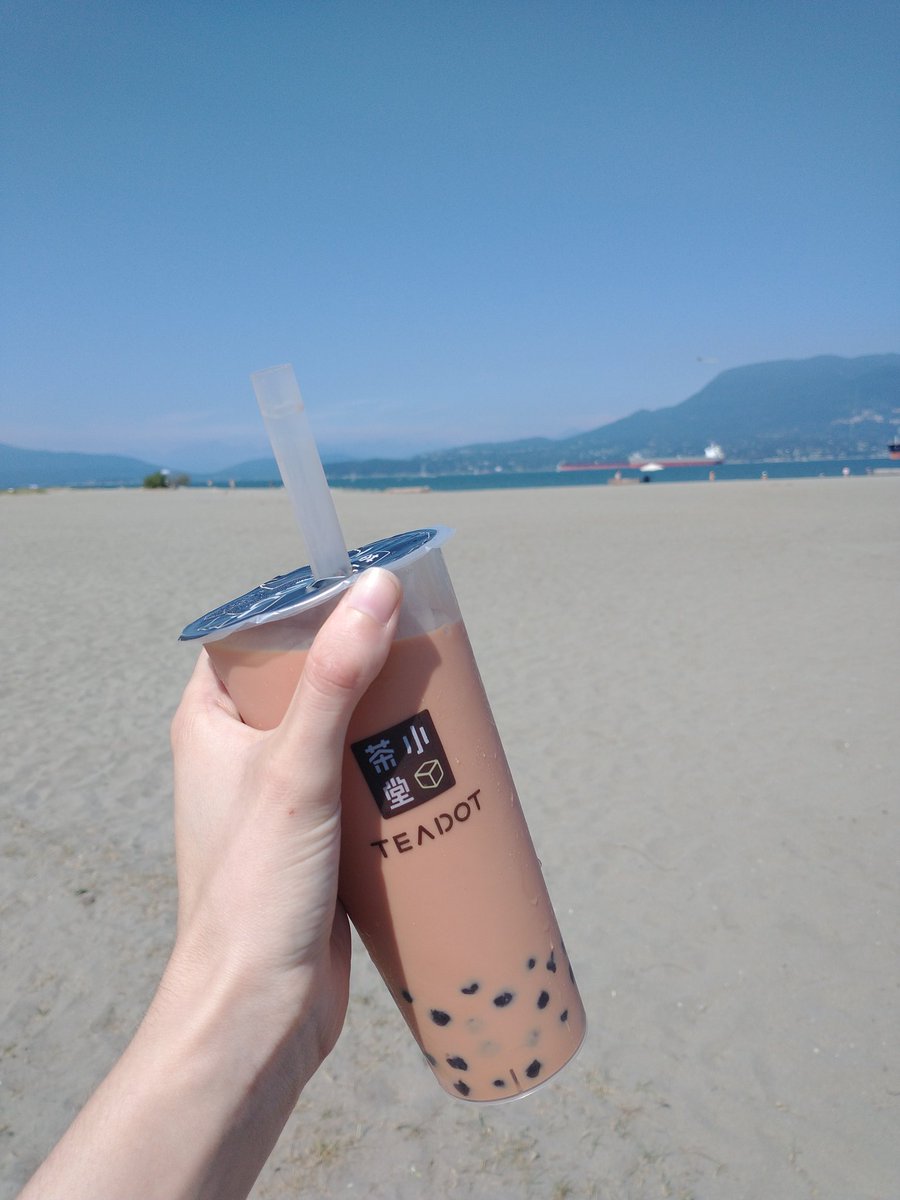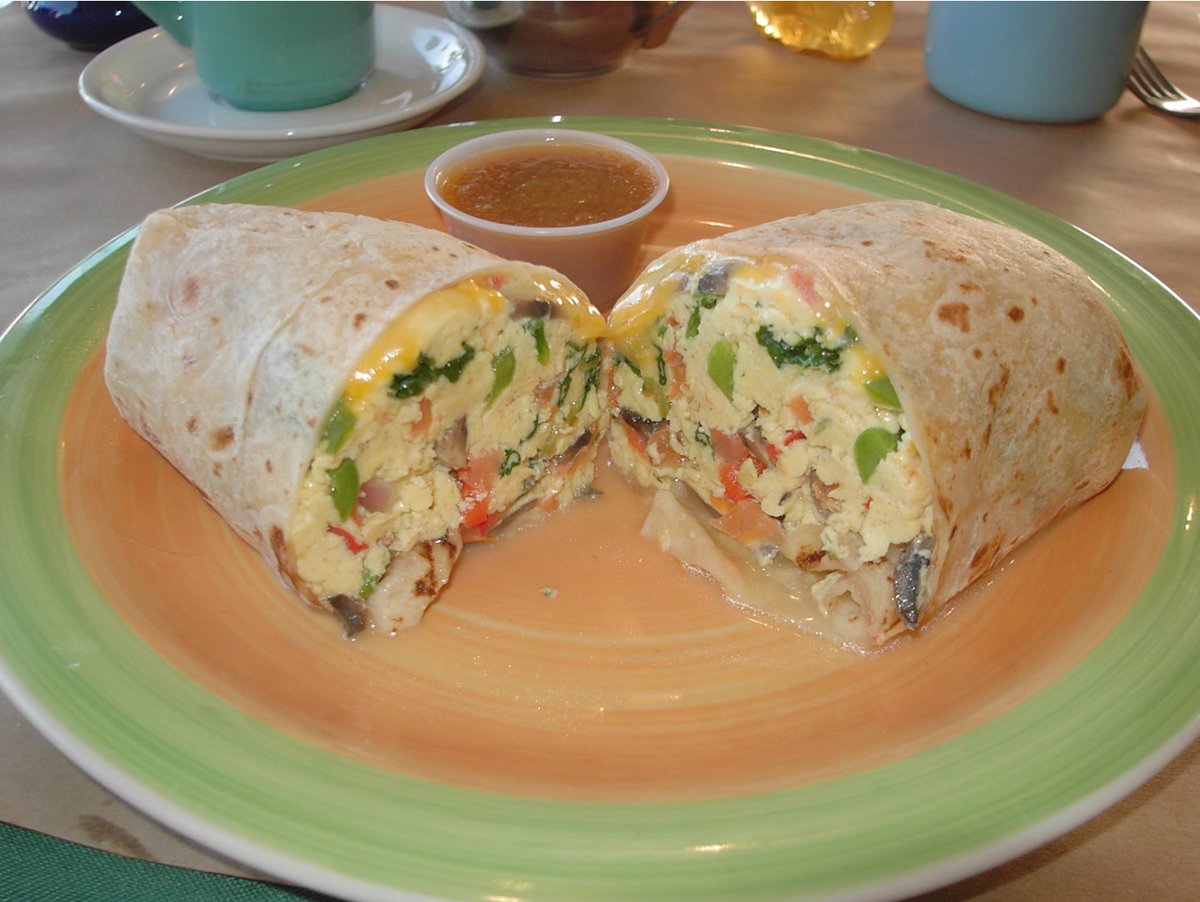
Madison Chapel
@chapelmadison
MSc student in bioinformatics at UBC.
My blood is at least 70% bubble tea.
ID: 1278779393871994880
02-07-2020 19:55:49
82 Tweet
47 Takipçi
53 Takip Edilen





Is curating, validating and transforming microbial contextual data bringing you down? Give the DataHarmonizer a try. You can make your own template about anything you want! We used it for harmonizing Canadian SARS-CoV-2 surveillance data. To find out more: microbiologyresearch.org/content/journa…







